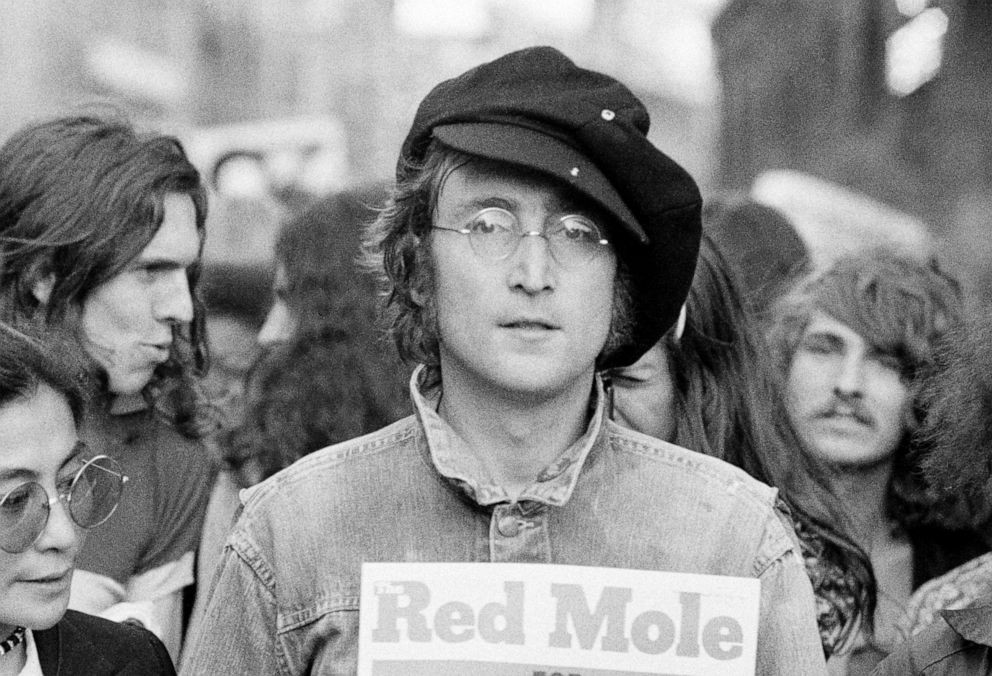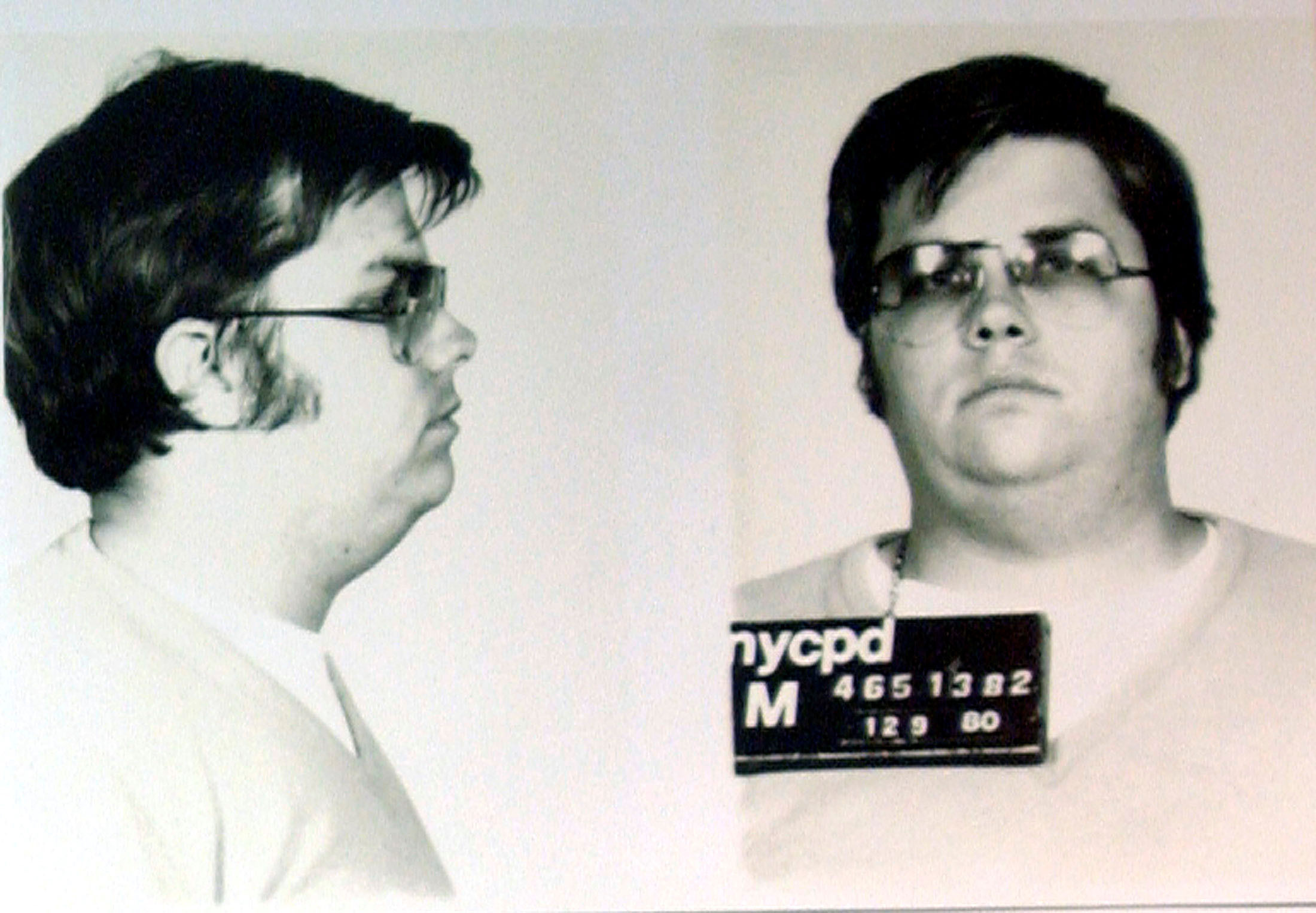John Lennon, a name synonymous with musical genius and global peace activism, remains an icon decades after his untimely death. For many, the question persists: how did John Lennon die? The answer is a stark and tragic tale of obsession and violence that shocked the world on December 8, 1980. This article delves into the details surrounding Lennon’s death, exploring the motives of his killer and the lasting impact of this devastating event.
The Fateful Day: December 8, 1980
The day began with an ordinary interaction for the legendary musician. Earlier in the afternoon of December 8, 1980, John Lennon was leaving his residence at the Dakota building in New York City with his wife, Yoko Ono. Among the fans gathered outside was Mark David Chapman, a 25-year-old man who had traveled from Hawaii. In a chilling precursor to the tragedy that would unfold, Lennon autographed a copy of his new album, Double Fantasy, for Chapman. Photographs from that day capture Lennon interacting with Chapman, an image that is haunting in retrospect.
Later that evening, as Lennon and Ono returned to the Dakota at approximately 10:50 PM, Chapman was waiting. As Lennon walked towards the building’s entrance, Chapman fired five shots from a .38 caliber revolver, four of which struck Lennon in the back and shoulder. Lennon collapsed, mortally wounded, and was rushed to Roosevelt Hospital in a police car. Despite efforts to revive him, John Lennon was pronounced dead on arrival at 11:15 PM.
Mark David Chapman: The Assassin’s Pursuit of “Glory”
Mark David Chapman remained at the scene of the shooting, calmly reading The Catcher in the Rye until police arrived and arrested him. His motive for killing John Lennon has been a subject of intense scrutiny and speculation over the years. In subsequent parole hearings, transcripts of which have been released, Chapman himself offered disturbing insights into his actions. He stated that he was driven by a desire for “glory,” fueled by anger and jealousy towards Lennon’s fame and lifestyle.
“At the time my thinking was he has all of this money, lives in this beautiful apartment and he is into music representing a more cautious lifestyle, a more giving lifestyle,” Chapman confessed to parole commissioners. “It made me angry and jealous compared to the way I was living at the time. There was jealousy in there.”
Chapman revealed that his plan was premeditated and chillingly calculated. He had purchased the gun months prior to the shooting and traveled to New York City with the specific intention of targeting Lennon. He even admitted to having a list of other famous individuals as potential targets should he have been unable to reach Lennon. This disturbing level of planning underscores the depth of Chapman’s obsession and his twisted desire for notoriety.
 John Lennon attends an unspecified rally in Hyde Park, London, England, 1975.
John Lennon attends an unspecified rally in Hyde Park, London, England, 1975.
John Lennon at a rally in Hyde Park, London, in 1975, highlighting his public presence before his tragic death.
During a parole hearing, when a commissioner suggested that his pursuit of “glory” might be seen as “infamy,” Chapman chillingly responded, “Infamy brings glory.” This statement solidified the parole board’s decision to deny his release, highlighting their concern over his continued distorted perception of his crime.
Parole Denials and Lingering Impact
Mark David Chapman has been denied parole 12 times, including the hearing discussed in the original article from which this information is derived. The parole board has consistently cited the premeditated nature of the crime, Chapman’s disturbing statements about seeking “glory,” and the immense impact Lennon’s death had on his family, fans, and the world.
In a statement from a parole hearing, the panel expressed their deep concern: “During the interview you stated you committed this murder to seek glory. You said ‘infamy brings you glory.’ This panel finds your statement disturbing. Your actions represented an evil act. The fact that today, almost 40 years later, you can still speak of what you did as something that you felt was a positive and in your mind gave you ‘glory’ at the time, is disturbing for this panel.”
 A mug-shot of Mark David Chapman, who shot and killed John Lennon.
A mug-shot of Mark David Chapman, who shot and killed John Lennon.
Mark David Chapman’s mugshot, a stark image of the man responsible for John Lennon’s death.
While Chapman has expressed remorse and claims to have found religion in prison, his words and actions continue to be viewed with skepticism. His apologies, particularly to Yoko Ono, are often perceived as insufficient given the magnitude of the loss he inflicted.
John Lennon’s death was more than just the loss of a musician; it was the silencing of a powerful voice for peace and creativity. The question of “how did John Lennon die” leads to a painful examination of senseless violence and the devastating consequences of obsession. The world mourns the loss of John Lennon, and the circumstances of his death serve as a somber reminder of the fragility of life and the darkness that can motivate human actions.

